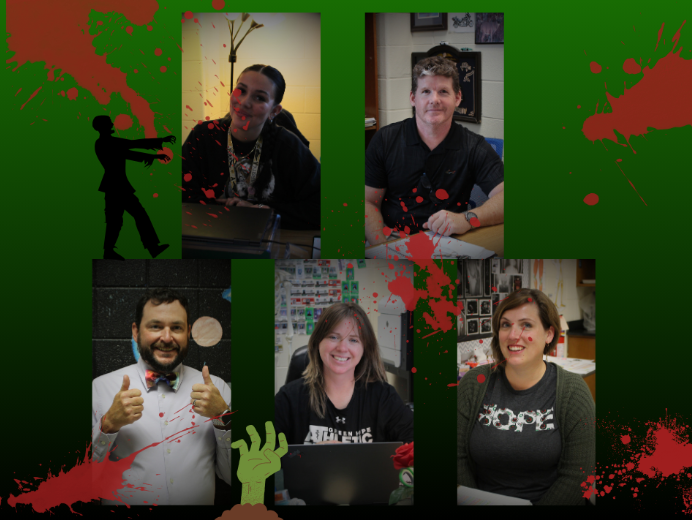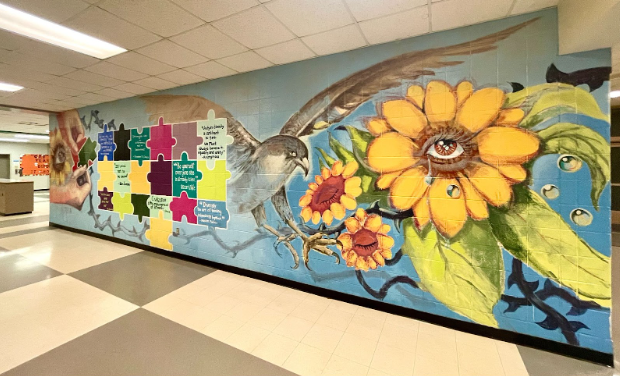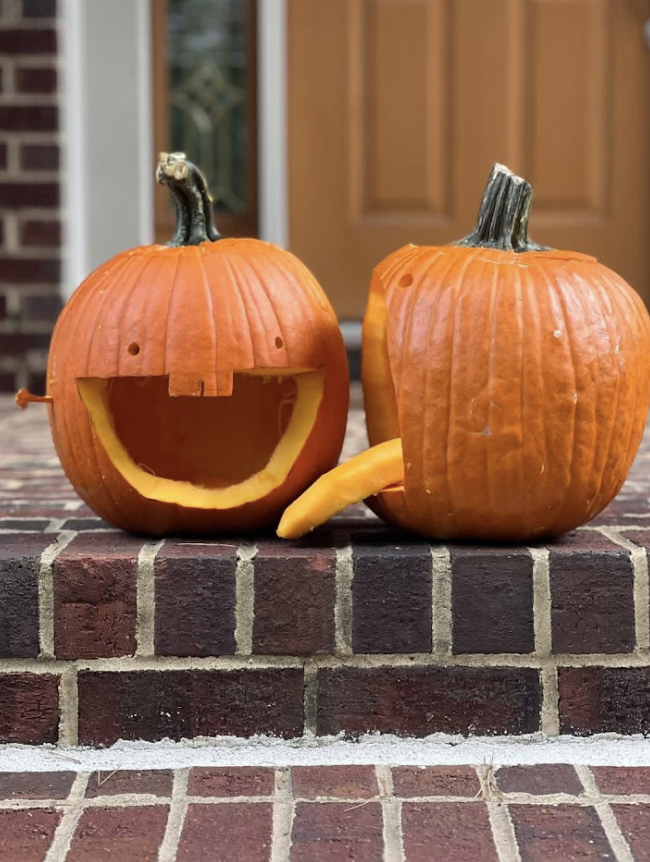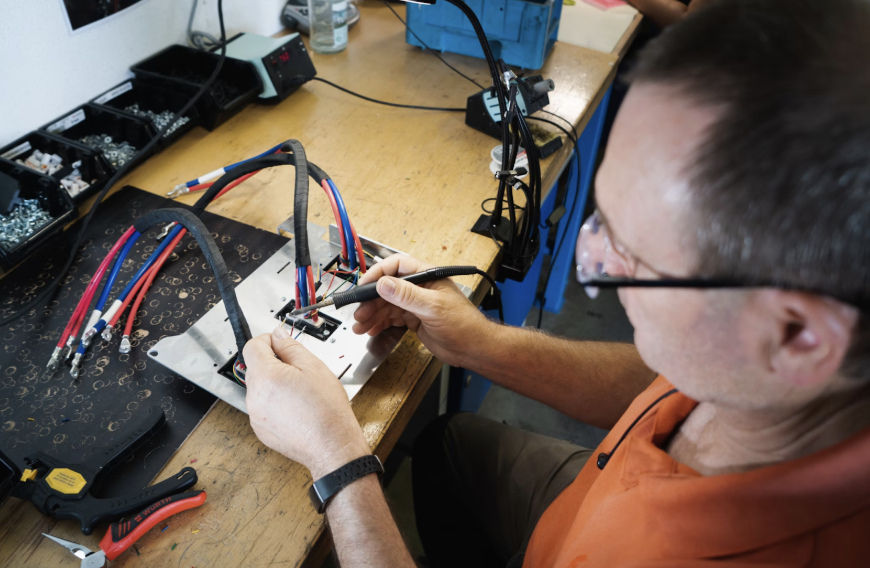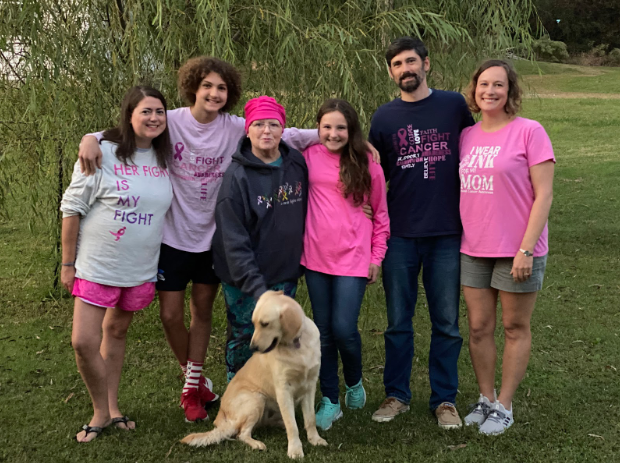An evolving stigma: Body modification in the professional world
February 14, 2023
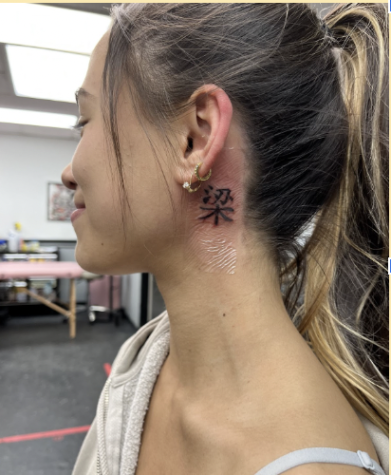
Since the dawn of time, body modifications have represented milestones and origins. Ancient Egyptian cultures used plants to color their locks, and pirates sent a wave of body-inking to nineteenth-century Europe. Currently, body modifications face a rainbow of outlooks within society. While some see body decorating as inappropriate, others see it as a window into the soul.
Celebrities are frequently seen expressing themselves through tattoos, hair color and piercings–Harry Styles’ signature butterfly tattoo, Billie Eilish’s trademark hairstyles and Rihanna’s bejeweled earlobes. However, as popular culture ushers in new social norms, the expectations in the workplace often remain the same.
What occurs when the lines between professionalism and self-expression blur? Body decorators can be lawfully expected to shun that part of themselves, tugging long sleeves over tattoos and morphing back into “natural” features.
Mr. Ethan Morrow, a sculpture and ceramics teacher at Green Hope, embraces uniqueness and is appreciative of Green Hope’s accepting environment, saying, ”I think we’re going in the right direction…People have been better at expressing themselves through these types of modifications.”
Mr. Morrow considers himself an enthusiast of body modification, previously having “everything from a mullet to a pink buzzcut.” Today, with a rat tail and earrings, it is not uncommon for his style to be brought up playfully in a work setting. He says he is “not really” phased by comments about his appearance, saying ”It [the stigma] crossed my mind but I wasn’t particularly concerned with it… either way, people are going to think what they think. It’s something that I appreciate that I get to express what I want and what I like.”
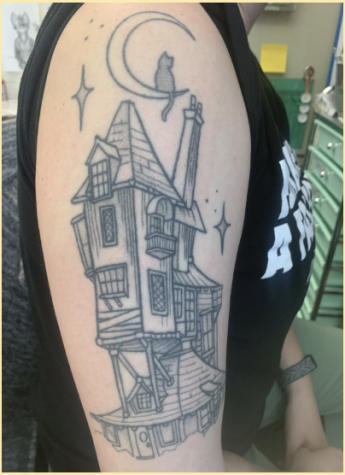
For Morrow, body modifications serve as both a discussion starter and a way to strengthen relationships. He cherishes memories of sharing earrings with his aunt and grandmother, who were originally reluctant towards the piercings when he first got them.
A similar outlook is held among students within Green Hope. Cloude Fewkes (’24) utilizes body modifications to scout out fellow members of the LGBTQ+ community, saying, “a lot of piercings, flamboyantly dyed hair… that’s how I know it’s one of us.”
Fewkes uses their hair as more than just an accessory, but a way to show off their “sparkly” and “colorful” personality. They are also heavily invested in the theater community, and says they are aware that “having dyed hair, or piercings or a tattoo can make the difference between landing a role and getting told ‘sorry you’re not what we’re looking for.’” When it comes to professionalism, Fewkes encourages others to remain open-minded, saying ”people with body mods are the same as everyone else, we just like to wear our hearts a little more on the metaphorical sleeve.”
Similar to many eras of the past and present, passionate body decorators like Fewkes and Mr. Morrow will continue to honor themselves through their individual styles, despite possible backlash. As younger generations with different outlooks on tattoos, piercings and hair color enter the workforce, the terms of professionalism are expected to adjust with them.






















